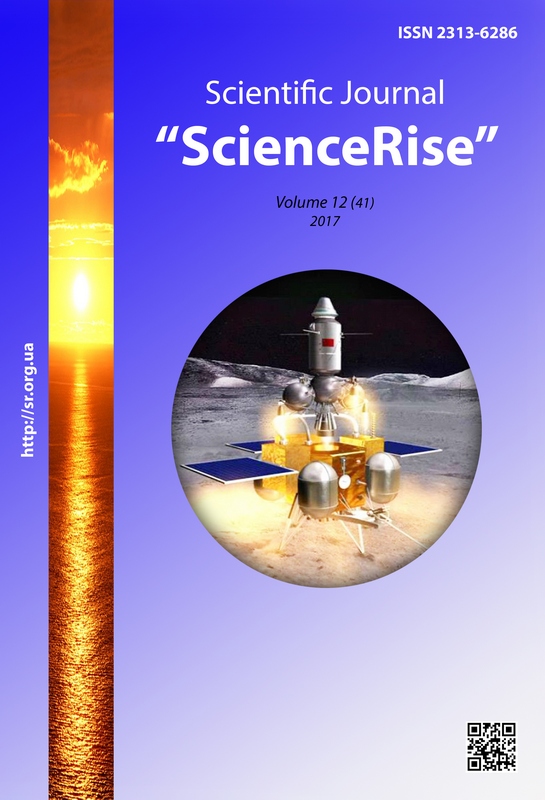Research of a moving crack in anisotropic material
DOI:
https://doi.org/10.15587/2313-8416.2017.117676Keywords:
moving crack, anisotropic space, stresses, linear conjugation problem, complex potentialAbstract
The problem of determining the stress-strain state in the vicinity of the Ioffe crack moving with a steady velocity in an elastic homogeneous anisotropic space under the action of a concentrated load applied to its shores, which moves along with the crack, is solved. Using the method of generalized complex potentials, a system of linear conjugation problems is obtained, which are solved analytically by the corresponding algorithm
References
Yoffe, E. H. (1951). LXXV. The moving griffith crack. The London, Edinburgh, and Dublin Philosophical Magazine and Journal of Science, 42 (330), 739–750. doi: 10.1080/14786445108561302
Cherepanov, G. P. (1974). Mekhanika khrupkogo razrusheniya. Moscow: Nauka, 640.
Radok, J. R. M. (1956). On the solution of problems of dynamic plane elasticity. Quarterly of Applied Mathematics, 14 (3), 289–298. doi: 10.1090/qam/81075
Barenblatt, G. I., Cherepanov, G. P. (1960). O rasklinivanii khrupkih tel. PMM, 24, 4–10.
Craggs, J. W. (1960). On the propagation of a crack in an elastic-brittle material. Journal of the Mechanics and Physics of Solids, 8 (1), 66–75. doi: 10.1016/0022-5096(60)90006-5
Lekhnitskiy, S. G. (1977). Teoriya uprugosti anizotropnogo tela. Moscow: Nauka, 416.
Lekhnitsky, S. G. (1984). Anisotropic plates. New York: Gordon and Breach, Science Publishers, 546.
Stroh, A. N. (1962). Steady State Problems in Anisotropic Elasticity. Journal of Mathematics and Physics, 41 (1-4), 77–103. doi: 10.1002/sapm196241177
Herrmann, K. P., Loboda, V. V., Komarov, A. V. (2004). Contact zone assessment for a fast growing interface crack in an anisotropic bimaterial. Archive of Applied Mechanics, 74 (1-2), 118–129. doi: 10.1007/s00419-004-0342-9
Muskhelishvili, N. I. (1966). Nekotoryye osnovnyye zadachi matematicheskoy teorii uprugosti. Moscow: Nauka, 707.
Downloads
Published
Issue
Section
License
Copyright (c) 2017 Dmytro Bilyi, Oleksandr Komarov

This work is licensed under a Creative Commons Attribution 4.0 International License.
Our journal abides by the Creative Commons CC BY copyright rights and permissions for open access journals.
Authors, who are published in this journal, agree to the following conditions:
1. The authors reserve the right to authorship of the work and pass the first publication right of this work to the journal under the terms of a Creative Commons CC BY, which allows others to freely distribute the published research with the obligatory reference to the authors of the original work and the first publication of the work in this journal.
2. The authors have the right to conclude separate supplement agreements that relate to non-exclusive work distribution in the form in which it has been published by the journal (for example, to upload the work to the online storage of the journal or publish it as part of a monograph), provided that the reference to the first publication of the work in this journal is included.

